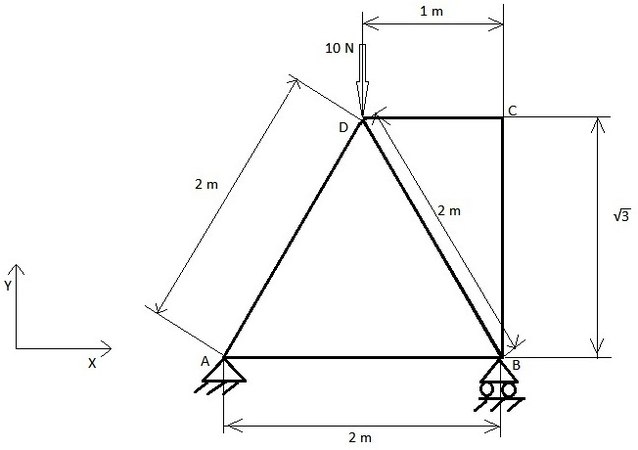Every edifice, from towering skyscrapers to expansive bridges, stands tall and unyielding thanks to the rigorous principles of structural analysis. This cornerstone of modern engineering ensures that structures not only meet design goals but also remain safe and reliable throughout their lifespan. Let’s uncover the intricacies of this fundamental engineering domain.
Grasping Structural Analysis
Structural analysis examines the effects of loads on physical structures. In essence, it predicts how structures will behave under various conditions, ensuring they can withstand external pressures without failing.
Importance in Modern Engineering
- Safety Assurance: By analyzing potential stresses and strains, engineers can ensure structures won’t collapse or experience unintended deformation.
- Efficient Material Use: Proper analysis leads to optimal material distribution, eliminating unnecessary costs.
- Longevity and Durability: Ensuring that a structure can handle stress increases its lifespan and reduces maintenance costs.
Key Concepts in Structural Analysis
- Loads: These are forces applied to a structure, such as gravitational loads (dead loads) and variable loads (wind, snow, or vehicular).
- Supports: Points where structures are held up. Examples include fixed supports (like walls) and roller supports (like those under a bridge).
- Bending Moment: The reaction induced in a structural element when an external force tries to bend it.
- Shear Force: A force that acts perpendicular to the longitudinal axis of the element, potentially causing a sliding failure.
Techniques of Structural Analysis
- Linear Static Analysis: Considers linear relationships under static loads. It’s the most basic form and applies to structures that don’t experience significant loads or displacements.
- Dynamic Analysis: Useful for structures exposed to time-varying loads, like earthquakes.
- Nonlinear Analysis: Used when deformations are large, and linear assumptions no longer apply.
Computational Tools in Structural Analysis
Modern engineering heavily relies on computational methods:
- Finite Element Analysis (FEA): A numerical method that breaks down a structure into smaller elements and predicts how they’ll behave under stress.
- Computer-Aided Design (CAD) Software: Tools like AutoCAD and SolidWorks integrate structural analysis modules.
- BIM (Building Information Modeling): A 3D model-based process, tools like Revit and ArchiCAD offer insights into the structural aspects of a building project.
Challenges in Modern Structural Analysis
- Evolving Material Science: New materials introduce new variables and behaviors.
- Environmental Factors: Climate change brings about unpredictable weather patterns, introducing new stresses on structures.
- Urbanization: The need for taller and more compact buildings requires innovative structural solutions.
Incorporating Sustainability
The push for green engineering practices means structural analysis now considers sustainability:
- Eco-friendly Materials: Using materials that have a low environmental impact but can still withstand structural demands.
- Lifecycle Analysis: Assessing the total environmental impact of a structure throughout its life, from construction to demolition.
- Efficient Design: Minimizing waste by designing structures that use the least material for the maximum strength.
Conclusion
Structural analysis, while rooted in age-old principles, continues to evolve with the demands of modern society. As engineers grapple with new materials, environmental challenges, and the push for sustainability, structural analysis remains their guiding light, ensuring safety and reliability in an ever-changing world.

